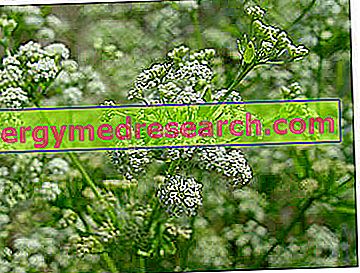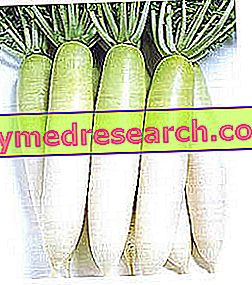Related articles: Liver Calculations
Definition
Liver calculations are collections of solid material, which are formed inside the organ when some excess substances are present, such as cholesterol, calcium salts and bilirubin crystals.
Liver calculations are more common among women and their onset is often associated with rapid weight loss and obesity.
The factors that can increase the risk of developing these concretions include family predisposition and incorrect eating habits, which induce dyslipidemic problems (eg diet rich in animal fat and low in fiber, excessive consumption of alcohol, etc.).
Other conditions that may favor stones are the use of drugs that contain estrogen (eg birth control pills and hormone replacement therapy), poor physical activity, diabetes mellitus, sickle cell anemia, cirrhosis and liver fibrosis.

Most common symptoms and signs *
- aerophagia
- Anorexia
- Asthenia
- Heartburn
- Bad digestion
- Swollen ankles
- Colic
- Biliary colic
- Pain in a hip
- Pain in the Stomach Mouth
- Pain in the upper part of the abdomen
- heartburn
- Belching
- Temperature
- I made clear
- Flatulence
- Abdominal swelling
- Jaundice
- Nausea
- itch
- Dark urine
Further indications
Liver calculations can vary in size from a few millimeters to a few centimeters. If they remain small enough, their presence can be asymptomatic. In some cases, however, a very strong pain may occur in the upper part of the abdomen, which radiates towards the right side and up towards the shoulders. This colic lasts from a few tens of minutes up to a few hours.
Liver calculi can be associated with other symptoms, such as pain in the mouth of the stomach, poor digestion, abdominal swelling and aerophagia with eructations.
Other times, if an infection (cholangitis) has occurred, a yellowish discoloration of the skin and mucous membranes (jaundice) may occur with nausea, bile pain and fever. Among the complications of liver stones include cholecystitis (inflammation of the gallbladder), obstruction of the bile duct (due to the migration of stones in the bile ducts or choledocholithiasis), gallbladder perforation and peritonitis. Liver calculi can also cause acute biliary pancreatitis, if these concretions obstruct the pancreatic duct.
The disorder is usually found through an abdominal ultrasound. In cases of calculosis difficult to diagnose, magnetic resonance can be used.
If liver stones are symptomatic or complicated, surgical treatment with minimally invasive techniques (eg laparoscopy and endoscopic retrograde cholangio-pancreatography, etc.) may be indicated. In some cases, therapy is pharmacological and involves the administration of bile acids (such as ursodeoxycholic acid), substances that can dissolve certain types of stones.
Another useful approach may be extracorporeal lithotripsy, a procedure that uses acoustic shock waves to try to break up the stones into pieces small enough to pass through the bile ducts.



